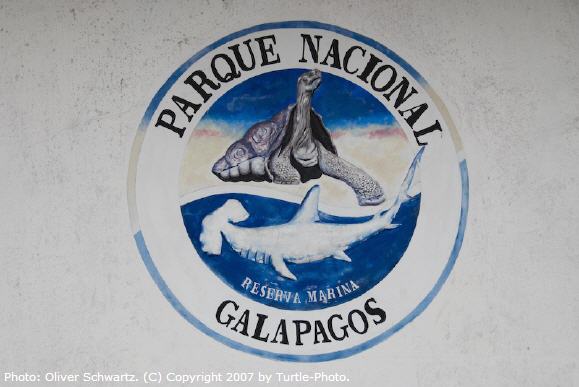

The Galapagos Islands were designated a nature reserve of Ecuador in 1934. With the support of UNESCO, the islands were declared a National Park in 1959; the appointment of a park manager meant that the islands could now be more effectively protected. In 1986 the Government of Ecuador established the Galápagos Marine Reserve (GMR) encompassing the entire Galápagos Archipelago. The GMR, the largest marine reserve in a developing country and the second largest marine reserve in the world, covers an area of around 133,000 square kilometers of the Pacific Ocean and its underlying seabed.Tourism took off at the end of the 1960s with the arrival of the first cruise ships. Even today, most tourists visit the Galapagos during a one-week cruise. The park service approves the itineraries of boats visiting the islands making sure that tourism is evenly distributed throughout the islands. Thanks to this strict route management and restrictions on number of visitors, the National Park ensures that the uniqueness of the islands is preserved. A park entrance fee of $100 is required of all visitors entering Galapagos National Park and/or Galapagos Marine Reserve.
All visitors to the Galapagos National Park are required to travel with a certified guide. These naturalist guides are trained in conservation and natural sciences by the Charles Darwin Foundation and licensed by the Galapagos National Park Service. They accompany visitors ashore and interpret the natural wonders of the islands while enforcing the park rules and regulations.